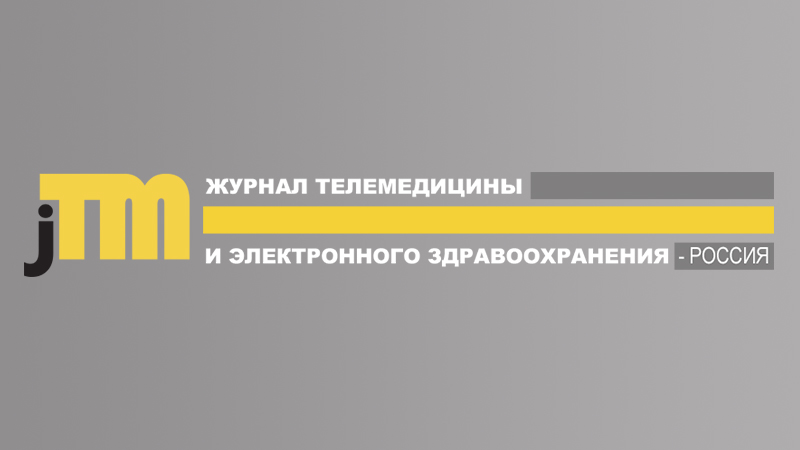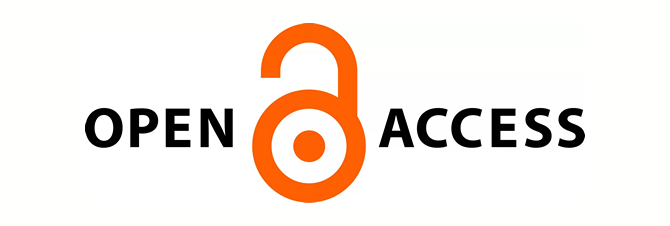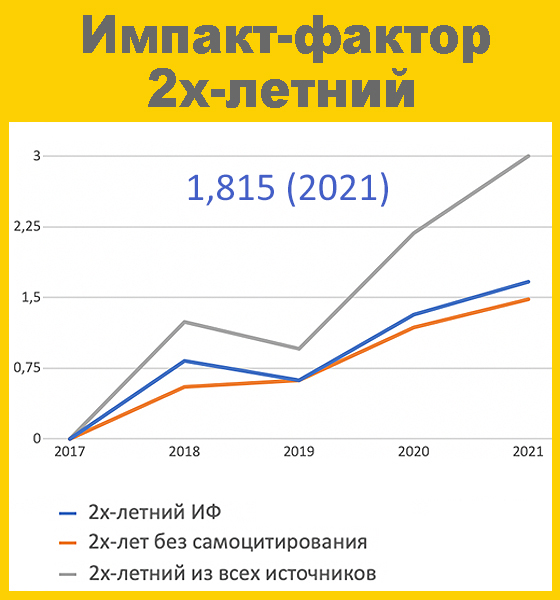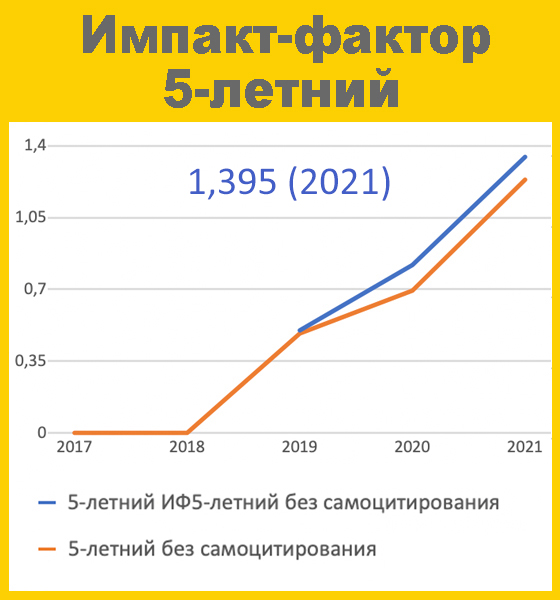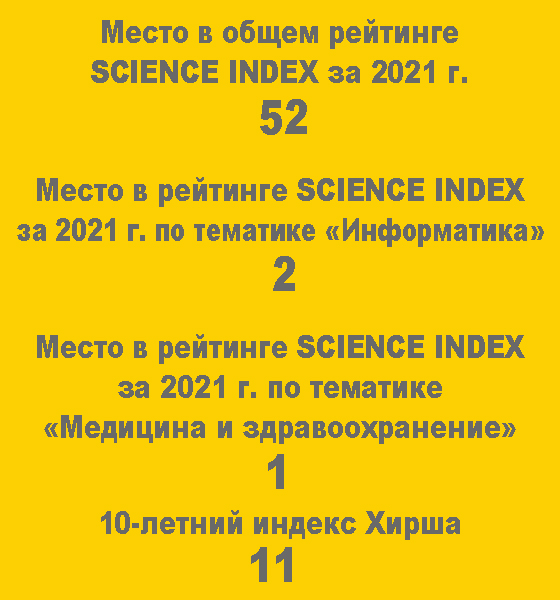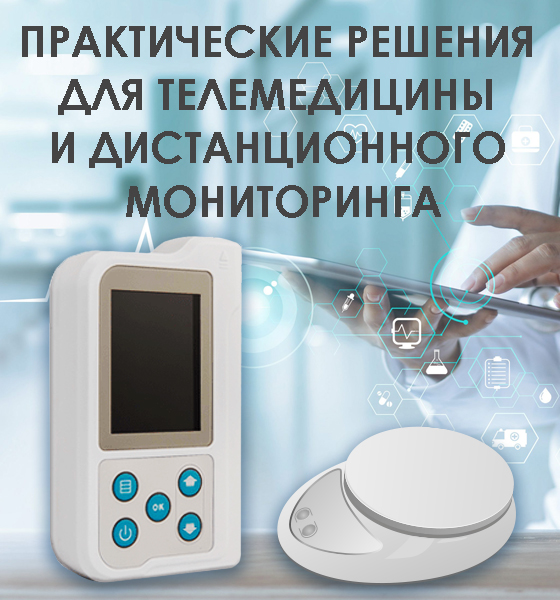Formation of a dataset for a neural network model for recognizing ophthalmological pathology in fundus images DOI: 10.29188/2712-9217-2024-10-4-38-42
- Gulyakin D.D. – 2-year resident, Department of Ophthalmology, Morozovskaya City Clinical Hospital; Moscow, Russia
- Stetsukov G.D. – 4-year postgraduate student in the field of «Biological Sciences», Samara State Medical University, Ministry of Health of the Russian Federation; Samara, Russia
- Terenin V.S. – 2-year master's student, Faculty of Philology, National Research Tomsk State University; Tomsk, Russia
- Puzankova A.D. – 4-year student, N.V. Sklifosovsky Institute of Clinical Medicine, I.M. Sechenov First Moscow State Medical University, Ministry of Health of the Russian Federation (Sechenov University); Moscow, Russia
- Nikitochkina M.D. – 2-year master's student, specializing in «Intelligent Systems in the Humanities», I.M. Sechenov First Moscow State Medical University; Moscow, Russia
- Valevskaya D.L. – 4th year student, Faculty of Biology, Saint Petersburg State University; Saint Petersburg, Russia
- Markova M.A. – 4th year student, Advanced Engineering School «Intelligent Theranostic Systems», FGAOU VO First Moscow State Medical University named after I.M. Sechenov Russian National Research Medical University (Sechenov University); Moscow, Russia
- Anpilogova E.A. – 4th year student, Faculty of Biology, Saint Petersburg State University; Saint Petersburg, Russia
- Dododzhonov A.Yu. – 6th year student, Faculty of General Medicine, Irkutsk State Medical University; Irkutsk, Russia
- Syrova A.I. – 4th year student, Faculty of General Medicine, Irkutsk State Medical University; Irkutsk, Russia
- Kulishenko A.A. – 2nd year master's student, Faculty of Space Research, Lomonosov Moscow State University; Moscow, Russia
- Zagrebina N.A. – 2nd year resident, Department of Ophthalmology, VO First Moscow State Medical University named after I.M. Sechenov of the Ministry of Health of the Russian Federation; Moscow, Russia
 885
885 Introduction. In ophthalmological practice, the use of digital diagnostic devices has allowed us to accumulate a large database of medical images, and machine learning algorithms make it possible to use this data to create automated solutions that increase the speed, efficiency and quality of screening studies.
Materials and methods. In this study, data collection and the formation of a dataset of digital images of the fundus were carried out from open cloud databases for storing and processing data Kaggle, Mendeley Data, Figshare. All images were depersonalized and pseudonymized in accordance with the Federal Law of July 27, 2006 N 152-FZ "On Personal Data" and GOST R 55036-2012 / ISO / TS 25237: 2008.
Results. The collected dataset included 1765 digital fundus images measuring 640 × 480 and 2048 × 2048 pixels and was renamed the final dataset "OcuDate". The images were annotated by quality classes and a data preprocessing tool was developed, which will subsequently allow training the neural network model.
Conclusions. The obtained data can be integrated into the fundus image analysis and processing system when creating an expert system for supporting clinical decision-making by ophthalmologists.
| Attachment | Size |
|---|---|
| Download | 230.97 KB |
































